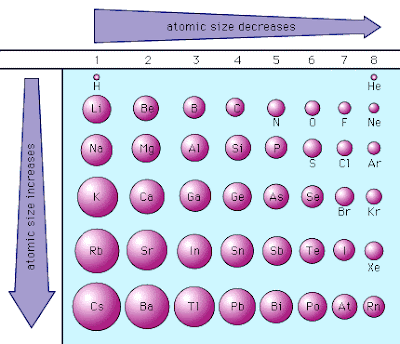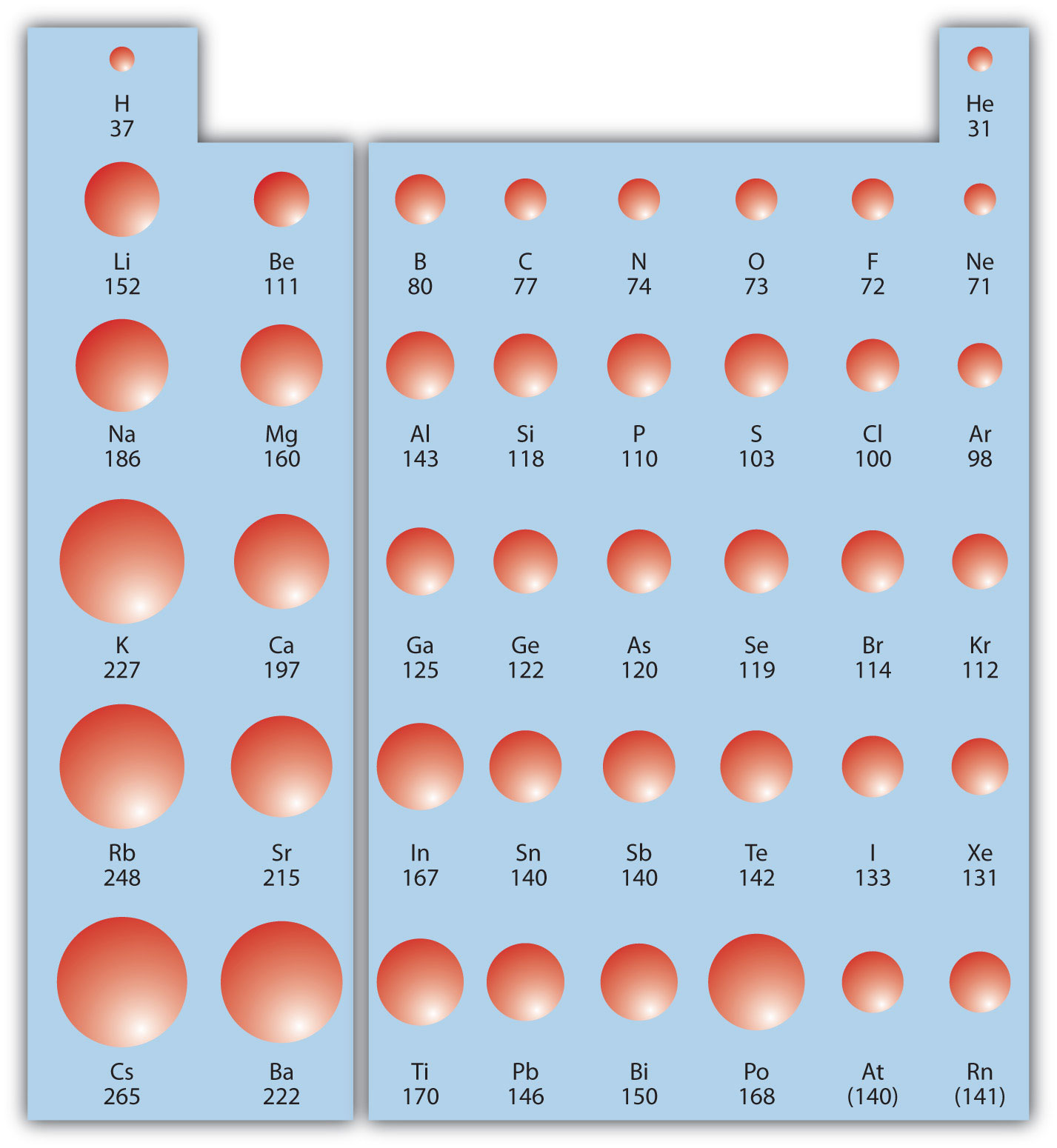
Iron, which resembles cobalt and nickel in properties, has been placed far away from these elements. Can you find examples of these from Table 5.3? Note that cobalt and nickel are in the same slot and these are placed in the same column as fluorine, chlorine and bromine which have very different properties than these elements. In order to fit elements into his Table, Newlands adjusted two elements in the same slot, but also put some unlike elements under the same note.But, later on, several new elements were discovered, whose properties did not fit into the Law of Octaves. It was assumed by Newlands that only 56 elements existed in nature and no more elements would be discovered in the future.It was found that the Law of Octaves was applicable only upto calcium, as after calcium every eighth element did not possess properties similar to that of the first. Every eighth note is similar to the first one and it is the first note of the next scale. Naturally, there must be some repetition of notes. A musician uses these notes for composing the music of a song. The notes in a scale are separated by whole and half-step frequency intervals of tones and semitones. In the west, they use the notations – do, re, mi, fa, so, la, ti. In the Indian system of music, there are seven musical notes in a scale – sa, re, ga, ma, pa,da, ni. A part of the original form of Newlands’ Octaves is given in Table 3. Similarly, beryllium and magnesium resemble each other. Sodium is the eighth element after lithium. In Newlands’ Octaves, the properties of lithium and sodium were found to be the same. It is known as ‘Newlands’ Law of Octaves’. Therefore, he called it the ‘Law of Octaves’.

He compared this to the octaves found in music. He found that every eighth element had properties similar to that of the first. He started with the element having the lowest atomic mass (hydrogen) and ended at thorium which was the 56 th element. In 1866, John Newlands, an English scientist, arranged the then known elements in the order of increasing atomic masses. The attempts of Döbereiner encouraged other chemists to correlate the properties of elements with their atomic masses. Hence, this system of classification into triads was not found to be useful. Döbereiner could identify only three triads from the elements known at that time (Table 2). You will find that groups B and C form Döbereiner triads. Can you find out which of these groups form Döbereiner triads? These elements are arranged downwards in order of increasing atomic masses. Given below (Table 1) are some groups of three elements. What is the average of the atomic masses of Li and K? How does this compare with the atomic mass of Na? Döbereiner showed that when the three elements in a triad were written in the order of increasing atomic masses the atomic mass of the middle element was roughly the average of the atomic masses of the other two elements.įor example, take the triad consisting of lithium (Li), sodium (Na) and potassium (K) with the respective atomic masses 6.9, 23.0 and 39.0. He identified some groups having three elements each. In the year 1817, Johann Wolfgang Döbereiner, a German chemist, tried to arrange the elements with similar properties into groups. Later further classifications were tried out as our knowledge of elements and their properties increased. The earliest attempt to classify the elements resulted in grouping the then known elements as metals and non-metals.


Similarly, scientists made several attempts toĬlassify elements according to their properties and obtain an orderly arrangement out of chaos. Even among soaps, bathing soaps are stacked separately from washing soaps. For example, in a shop, soaps are kept together at one place while biscuits are kept together elsewhere. Even in other situations, we come across instances of organization based on some properties. We have been learning how various things or living beings can be classified on the basis of their properties. 5.1 MAKING ORDER OUT OF CHAOS – EARLY ATTEMPTS AT THE CLASSIFICATION OF ELEMENTS They started looking for some pattern in their properties, on the basis of which they could study such a large number of elements with ease. They found it difficult to organize all that was known about the elements. All these had seemingly different properties.Īs different elements were being discovered, scientists gathered more and more information about the properties of these elements. Around the year 1800, only 30 elements were known. Do you know how many elements are known till date? At present, 114 elements are known to us. In Class IX we have learnt that matter around us is present in the form of elements, compounds and mixtures and the elements contain atoms of only one type.


 0 kommentar(er)
0 kommentar(er)
